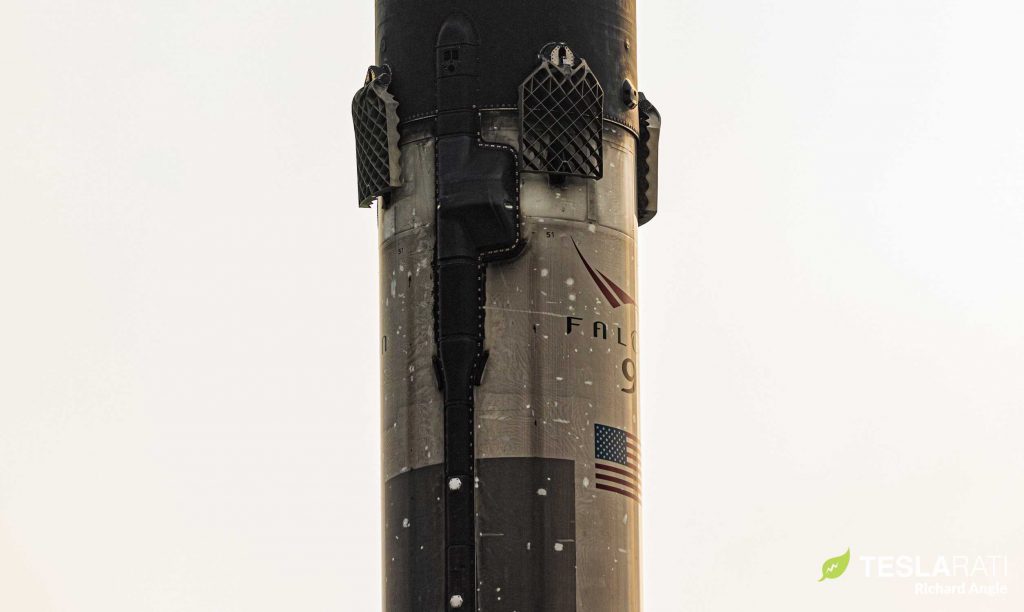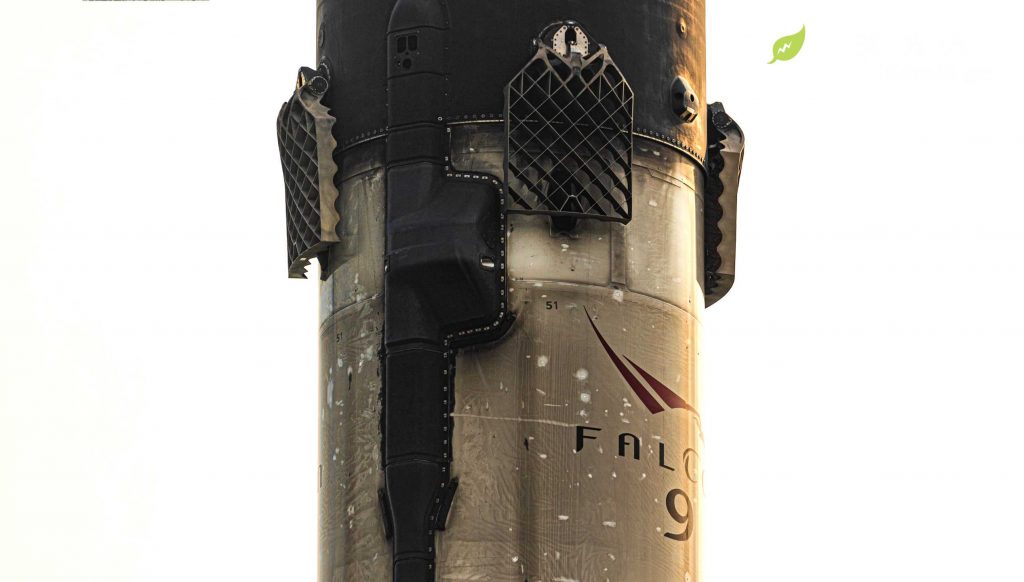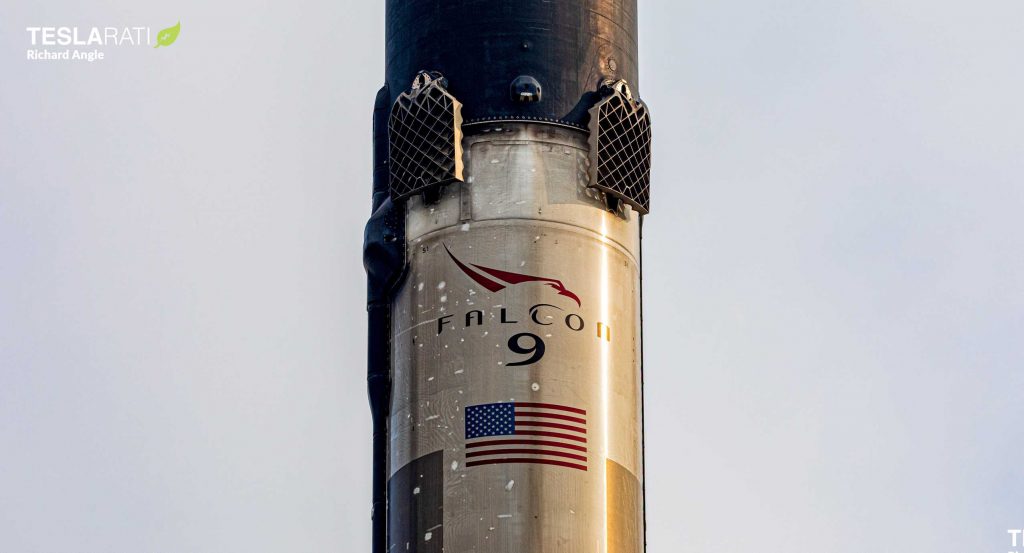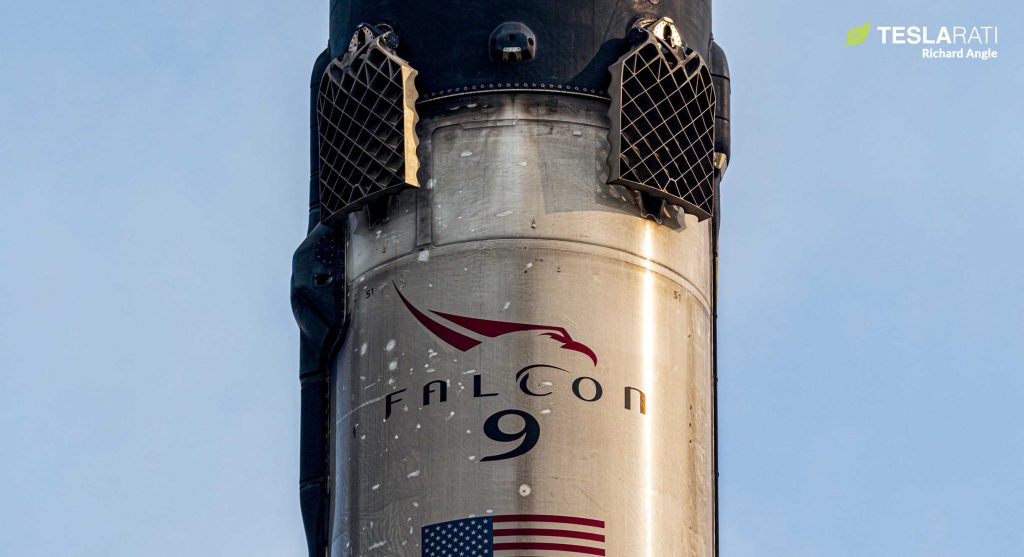28.04.2020
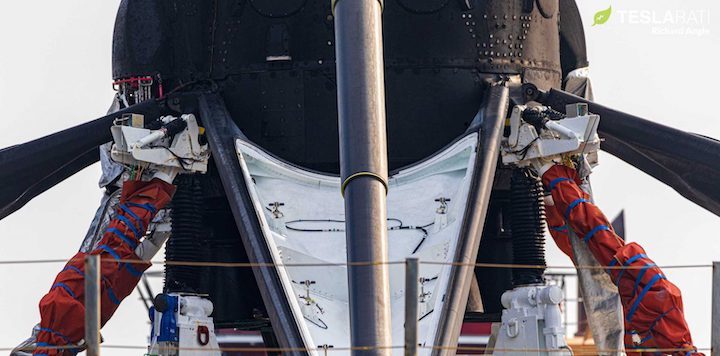
SpaceX has successfully recovered its first Falcon 9 rocket by sea-going drone ship in more than 12 weeks and the company’s next launch and (attempted) landing is already just a week or two away.
Four days after completing a flawless 60-satellite Starlink launch on April 22nd, Falcon 9 booster B1051 sailed into Port Canaveral aboard drone ship Of Course I Still Love You (OCISLY) on April 26th. The SpaceX rocket’s fourth launch since March 2019, it’s the first booster to successfully land at sea after two consecutive ocean recovery failures saw SpaceX lose boosters B1056 and B1048 in February and March 2020.
Although both failures were technically unrelated, explained by a combination of software errors and high landing area winds (B1056) and an improper Merlin 1D engine cleaning procedure, their back-to-back occurrence certainly raised some concerns. Thankfully, B1051’s successful Wednesday launch and landing and Sunday return to port have assuaged at least some of those concerns and several more Starlink launches are planned over the next month or two – all opportunities to verify that technical and organizational issues have been dealt with.
Carrying some 16 metric tons (~35,000 lb) of Starlink internet satellites, Falcon 9 B1051 lifted off on April 22nd and landed some 400 miles (650 km) downrange just eight minutes later. The Starlink-6 mission continued a recent practice where Falcon 9’s upper (second) stage performs a single burn to take Starlink satellites from booster separation to deployment orbit, part of the reason why booster B1051 landed so far downrange for a mission to low Earth orbit (LEO)
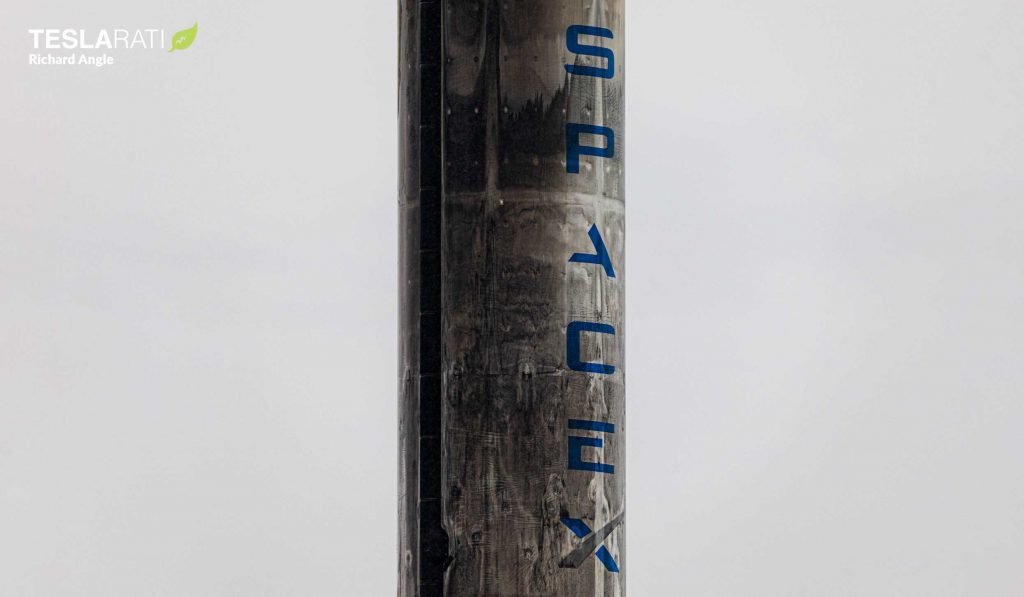
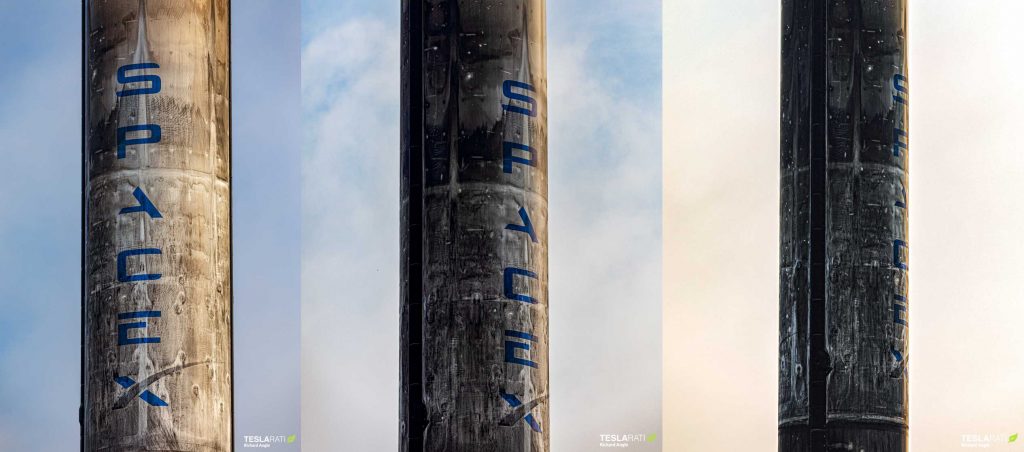
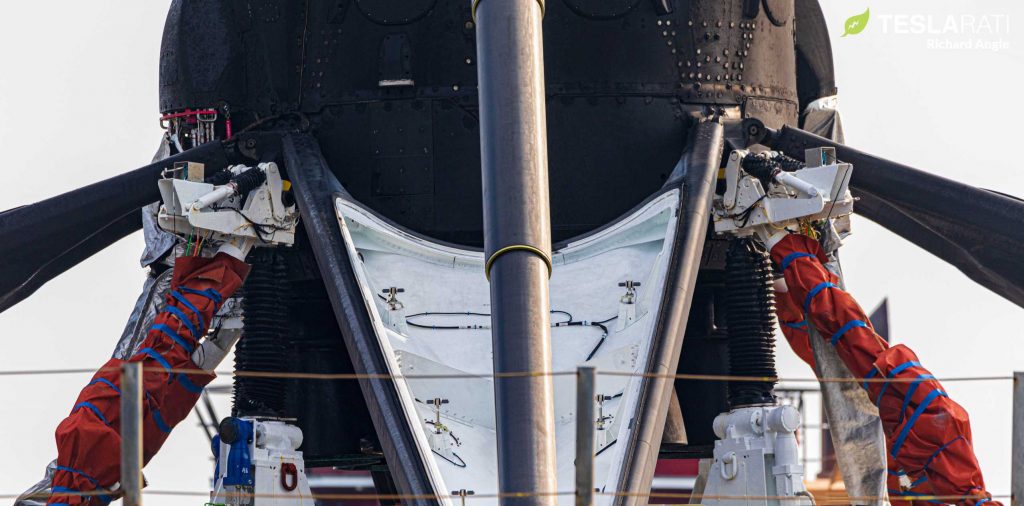
Baring a new layer of reentry soot and looking scarcely worse for wear, booster B1051 is now one of six Falcon 9 boosters to successfully launch and land four or more times or more. Unfortunately, B1048 and B1056 were two of those six boosters before they were lost in landing failures, while B1046 and B1047 were intentionally expended on their fourth launches.
Now B1049 and B1051 are the last operational SpaceX boosters to have completed four launches. Due to a slowed booster production rate, SpaceX will likely have to rely heavily on both four-flight boosters and B1059 to achieve its ambitious 2020 Starlink launch manifest. Three new boosters should be available for their second launches by June, September, and December, give or take, and additional new boosters could debut between now and the end of the year. In other words, SpaceX will effectively be forced to push its existing fleet of Falcon 9 Block 5 boosters to their limits (~10 flights each) to end 2020 with Starlink in a strong position.
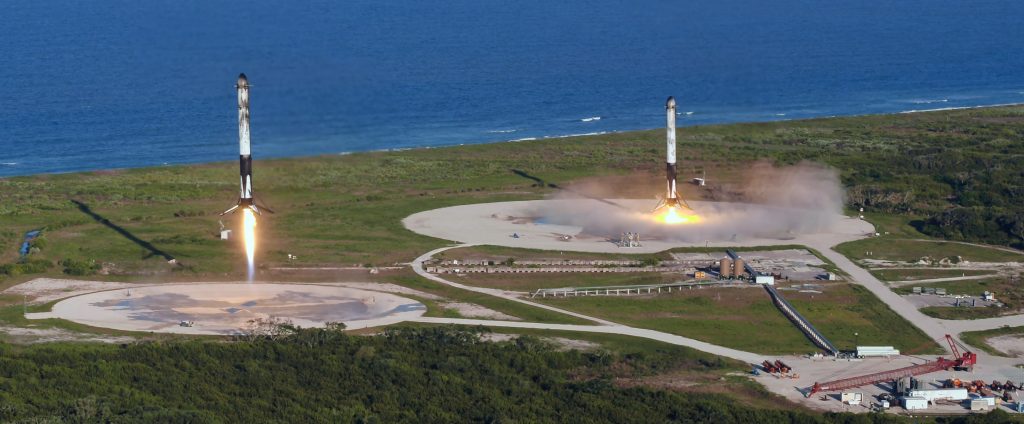
Given that SpaceX has at least 10-20 more launches nominally planned this year, it would be no surprise at all if – assuming no more landing failures occur – boosters B1049 and B1051 reach 8+ launches each, if not 10. For now, though, it’s just nice to see a SpaceX rocket return to port by drone ship after an unintentional ~12-week hiatus. If all goes according to plan over the next week or two, SpaceX also has yet another Starlink launch – its eighth overall – scheduled as soon as early May and the ninth Starlink mission planned just a week or two later, according to photographer Ben Cooper.
Quelle: TESLARATI
